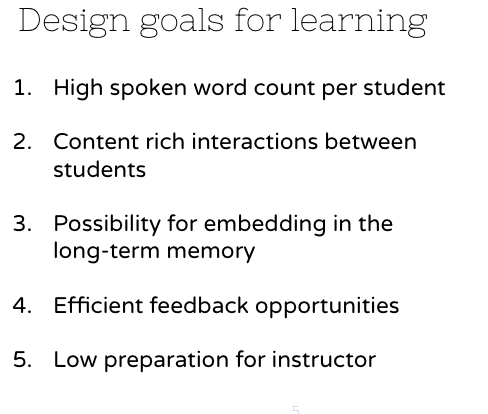What can teachers do to incorporate AI effectively in the classroom?
July, 2025
Check out this post on substack
Like many of us in education, I have been thinking a lot about AI and its implications for teaching and learning. I know the future, whether we like it or not, will be intertwined with AI in ways we can imagine and those we cannot.
How do we educate students to be ready for this known and unknown future? What role should AI play in our classrooms? What role will students choose for AI to play in their education when they are not in school where whether teachers condone these uses or not, we know students will make their own choices.
To remain competitive in the workforce, we need to assist students in becoming masterful AI prompters; yet, we also need to warn them about the dangers of outsourcing their ability to think.
Deep thinking takes hard work. It burns calories, it takes effort and persistence to keep the mind in a state of challenge. Deep thinking is like any habit that becomes easier with practice, or like any sport that gets easier the more we train for it. I feel it in my own brain when I am engaged in a complex thinking task, something that takes synthesis or evaluation, if I turn that task over to AI completely it is definitely more relaxing for my brain. And if I develop to copy and paste the responses without deep reflection that is even easier still. It also becomes easier to disassociate myself from the final product accepting what AI produced rather than critically examining if it is what I really want to say.
In any classroom at any age teachers can watch at least a set of their students seek the easiest path to learning participation. Cheating, plagiarism, decisions based on procrastination, these have undoubtedly been occurring since the first school house was built. On the flip side, I have watched students take the easy path with the subject they “do not care about,” but dedicated themselves wholeheartedly to full participation in those that they do. Students will continue to make these choices, emboldened with the power of AI.
What can teachers do to incorporate AI effectively in the classroom?
Teach students about the thinking process and all of its complex steps including journal, brainstorming, outlines, and planning discussions and documentation
Write, discuss, and problem solve with others and in class
Bridge content with students real lives which only they could have insight on
Use oral display of knowledge from recorded videos, to one on one conversations
Talk with students about AI in their lives and in broader society
Value a thinking culture in the classroom
Teaching metacognition demonstrated orally and in writing
Make use of AI transparent. Where is it being used and why?
Critically examine AI outputs.
Lean into the use of AI to boost creativity.




